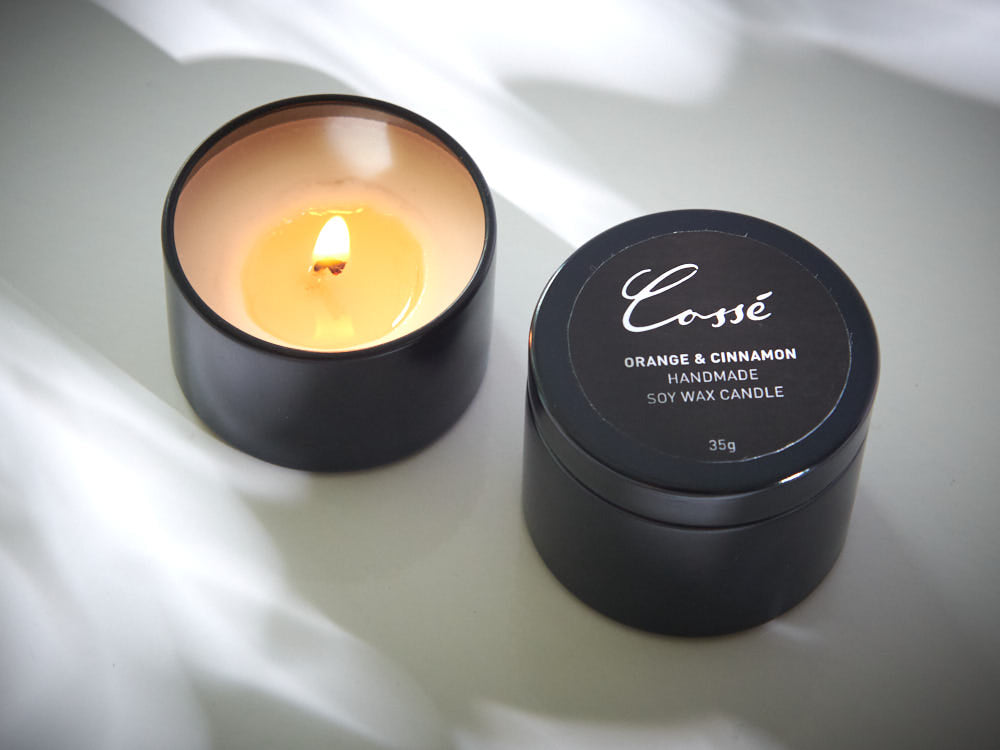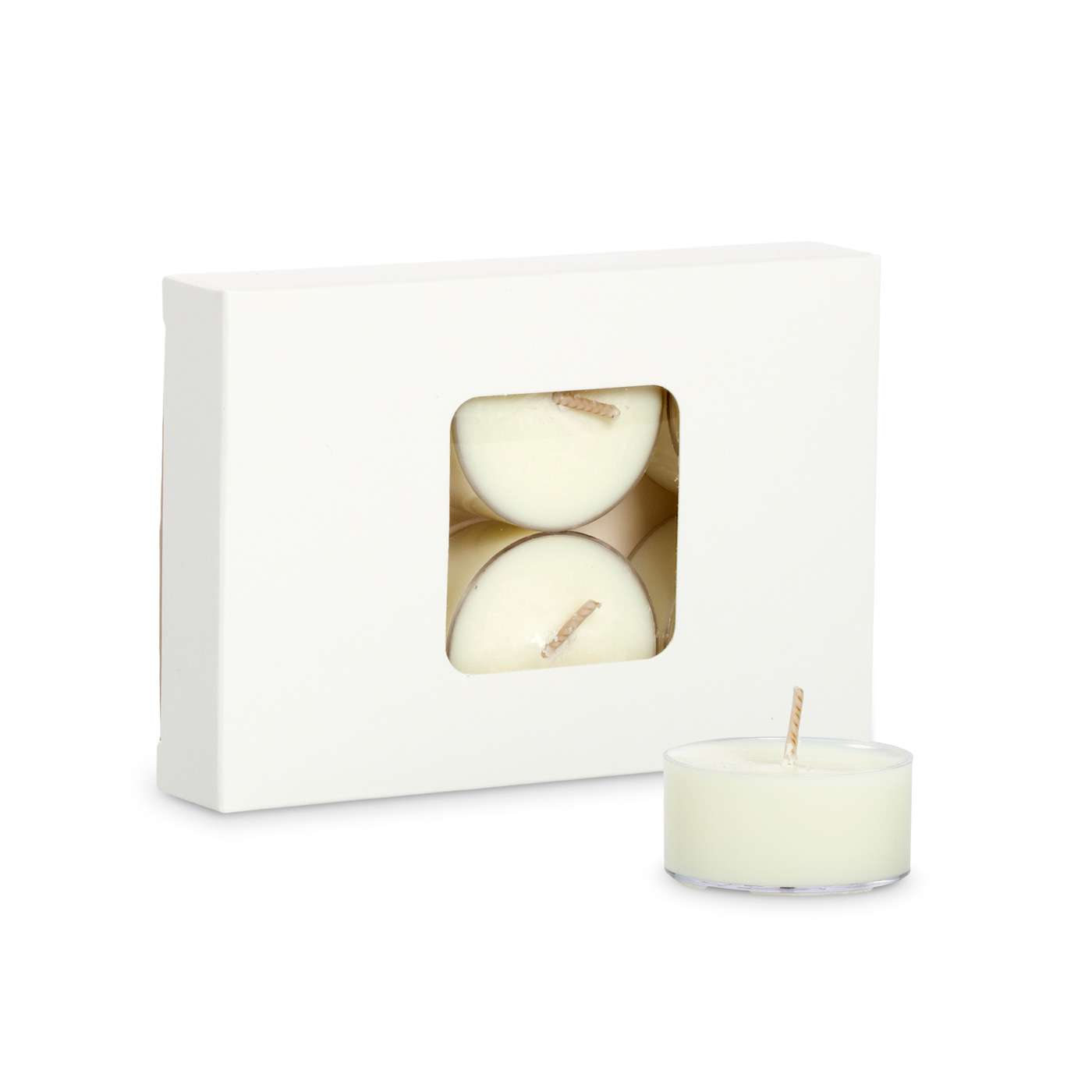Infuse Your Home with the Aroma of Crystal Soy Candles and Home Fragrance
Infuse Your Home with the Aroma of Crystal Soy Candles and Home Fragrance
Blog Article
From Wick to Wax: Comprehending the Chemistry Behind Soy Wax Candles and Their Environmental Impact
As we illuminate our rooms with the warm radiance of candle lights, there lies a realm of detailed chemistry behind the relatively easy act of lighting a soy wax candle light. The choice between soy and paraffin wax prolongs past simple appearances, diving into the realm of ecological influence and the very composition of the materials. Understanding the molecular structure of soy wax and its combustion procedure clarifies the exhausts launched right into our surroundings. Join us as we untangle the scientific ins and outs behind soy wax candles and discover their implications on our environment.
Soy Wax Vs. Paraffin Wax
When comparing soy wax and paraffin wax for candle making, it is necessary to comprehend the unique attributes and advantages of each product. Soy wax is an all-natural, sustainable source stemmed from soybean oil, making it eco-friendly and naturally degradable - soy candles. In comparison, paraffin wax is a result of oil refining, which elevates issues about its environmental effect and sustainability
Soy wax candle lights burn cleaner and release much less soot contrasted to paraffin wax candles, making them a healthier choice for indoor air top quality. In addition, soy wax has a lower melting point, permitting for a longer-lasting candle light that spreads fragrance much more efficiently. Paraffin wax, on the other hand, tends to melt faster and less cleanly, possibly launching hazardous chemicals into the air.
From a sustainability perspective, soy wax is preferred for its biodegradability and renewable sourcing, straightening with the expanding consumer preference for environmentally aware items. While paraffin wax has been a traditional choice in candle light making due to its cost and convenience of use, the change in the direction of environmentally friendly choices like soy wax is obtaining energy in the market.
Chemical Structure of Soy Wax

Combustion Refine in Soy Candles
The chemical composition of soy wax directly influences the combustion procedure in soy candles, affecting factors such as shed time, fragrance launch, and environmental influence. When a soy candle is lit, the heat from the fire melts the wax near the wick. This fluid wax is then formulated the wick due to capillary activity. As the liquid wax reaches the flame, it evaporates and undergoes combustion. The burning process entails the vaporized hydrocarbons in the wax responding with oxygen airborne to generate warm, light, water vapor, and co2.
The combustion performance of soy candles is affected by the pureness of the soy wax candles soy wax and the top quality of the wick. A clean-burning soy candle with a properly sized wick will certainly minimize and generate a constant flame residue development. This not just extends the shed time of the candle yet also boosts the release of scents. Additionally, soy wax candle lights have a reduced ecological influence contrasted to paraffin candle lights due to their eco-friendly and renewable nature.

Environmental Benefits of Soy Wax

Considered a lasting option to standard paraffin wax, soy wax offers significant ecological benefits that make it a preferred choice amongst eco-conscious customers. Soy wax burns cleaner and produces much less soot than paraffin wax, contributing to much better interior air quality and reducing the demand for cleaning and upkeep. Overall, the environmental advantages of soy wax straighten with the growing demand for environmentally friendly and lasting products in the market.
Recycling and Disposal Factors To Consider
Reusing and proper disposal of soy wax candle lights play a critical function in maintaining environmental sustainability and decreasing waste in houses and areas. The initial step is to ensure that the candle light has actually burned entirely when it comes to reusing soy wax candles. This can be attained by enabling the candle to burn up until the wick is no much longer usable, and after that allowing the continuing to be wax cool and strengthen. When the wax has strengthened, it can be carefully removed from the container.

In terms of disposal, if recycling is not an option, soy wax candle lights are biodegradable and can be safely taken care of in a lot of home waste systems. It is constantly advised to inspect with neighborhood reusing centers or waste monitoring solutions for particular standards on candle disposal to guarantee proper handling and environmental protection.
Conclusion
In final thought, the chemistry behind soy wax candle lights discloses their ecological advantages over paraffin wax candles. Soy wax, stemmed from soybean oil, burns cleaner and generates less residue when contrasted to paraffin wax. The burning procedure in soy candle lights is much more reliable, resulting in a much longer and more even shed. Additionally, soy wax is eco-friendly and renewable, making it a much more lasting option for candle light production. Reusing and appropriate disposal of soy wax candle lights further add to their ecological effect.
When contrasting soy wax and paraffin wax for candle light making, it is crucial to understand the distinct features and benefits of each product (soy candles).Soy wax candle lights burn cleaner and produce much less soot contrasted to paraffin wax candles, making them a much healthier option for indoor air quality.Taken into consideration a lasting alternative to traditional paraffin wax, soy wax provides significant ecological advantages that make it a preferred selection amongst eco-conscious consumers. Soy wax burns cleaner and creates less soot than paraffin wax, contributing to much better indoor air high quality and minimizing the requirement for cleaning and maintenance.In verdict, the chemistry behind soy wax candles discloses their environmental advantages over paraffin wax candles
Report this page